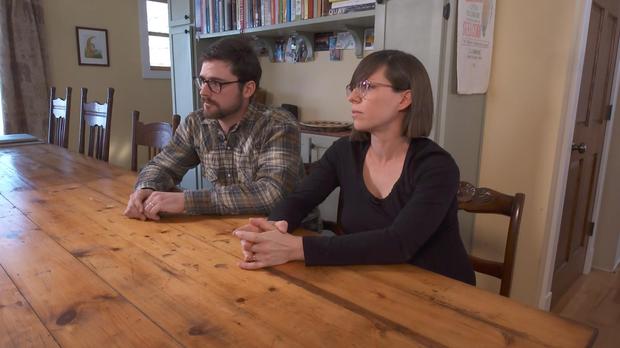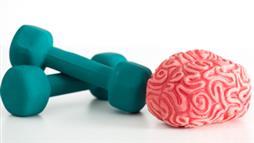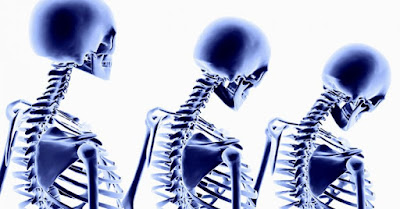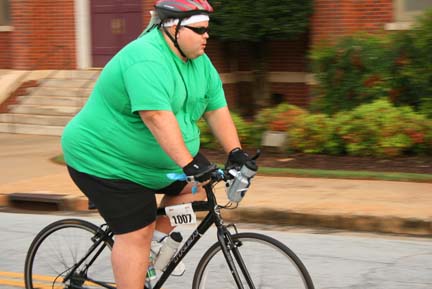The latest millennial trend: Ditching the city to go live on a farm

John and Halee Wepking have come a long way from their lives in New York City. They draw their excitement now from the 60 acres of land they work in western Wisconsin. The livestock, the grain and the beauty of the place are elements that fuel a youthful trend on the farm these days. The Department of Agriculture has found that for only the second time in the last century, the number of farmers under 35 years of age is increasing. The Wepkings live and work on Paul Bickford's 700-acre spread, blending entrepreneurship with environmental awareness in a deal to one day take over the Bickford Farm. Read CBS NEWS January 23, 2018












